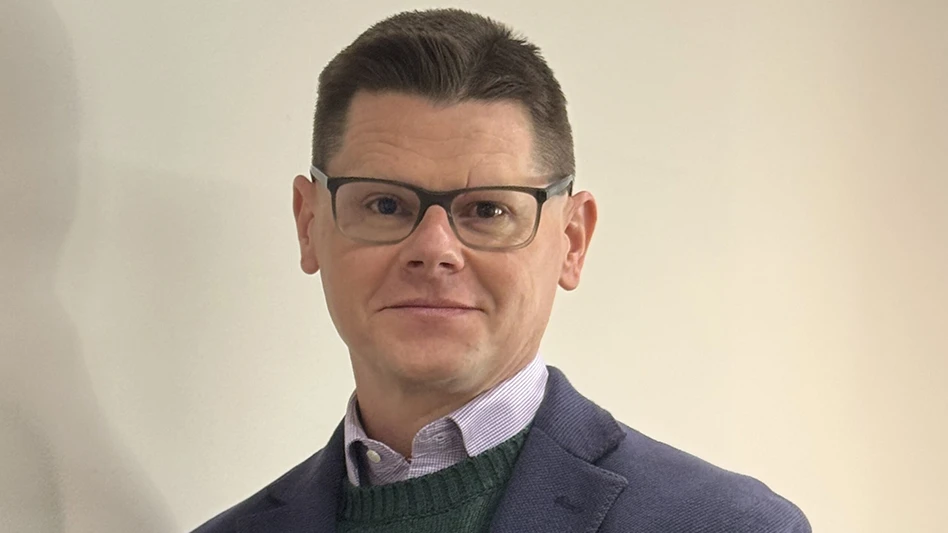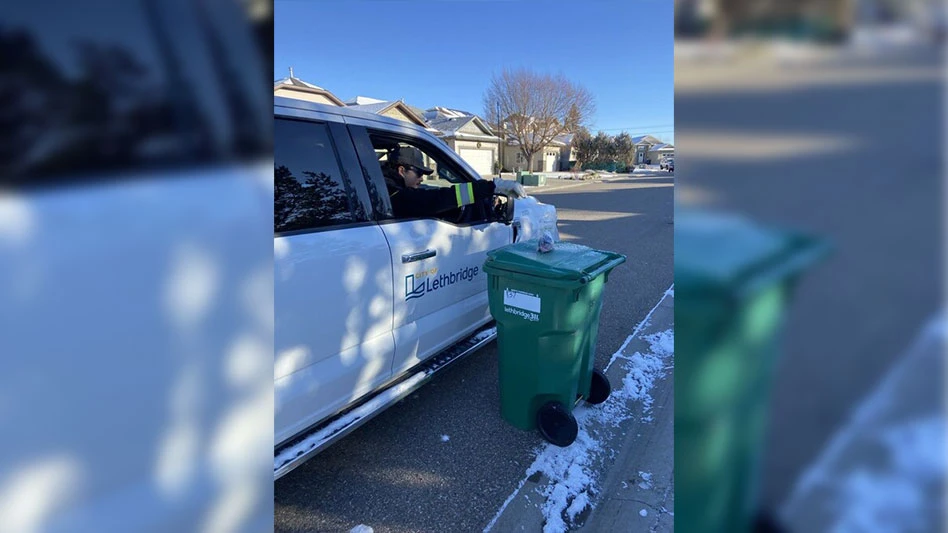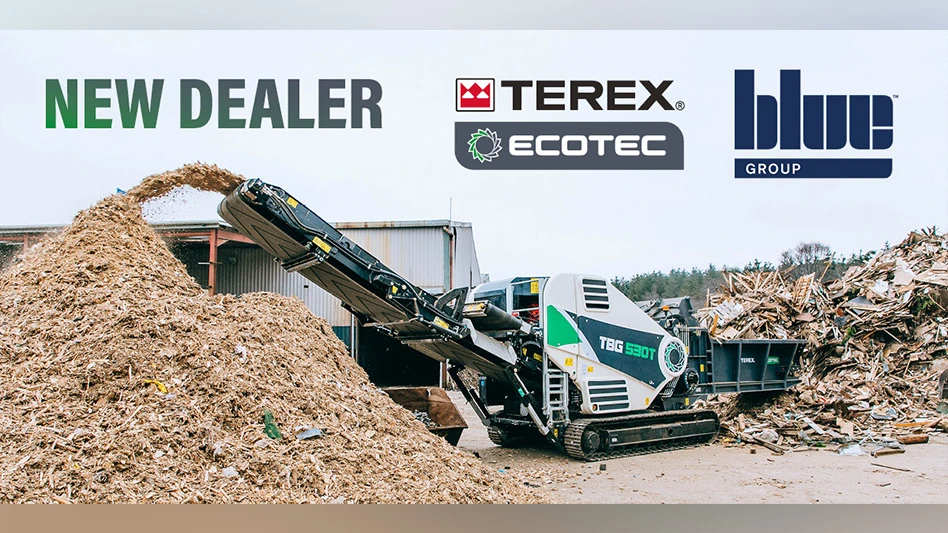
As South Africa transitions to sustainable metals production, it has tried to seize global opportunities as well as address local challenges. Through government policies, corporate innovation and technological advancements, the country not only is transforming its metals industry but also setting the stage for a greener future. It’s positioning itself as a global leader in metals production and a pioneer in sustainable practices.
ArcelorMittal South Africa (AMSA), a business unit of Luxembourg-based steel producer ArcelorMittal, is at the forefront of the country’s green steel revolution.
The company has invested heavily in electric arc furnaces (EAF) and energy-efficient production processes to reduce carbon emissions. In May of last year, AMSA started plans to convert one of its three blast furnaces at its Vanderbijlpark site into an EAF within four years. The furnace would use six on-site direct-reduced iron (DRI) kilns and recycled metal feedstock, supplemented by pool iron from the remaining blast furnace given recycled metal shortages. The EAF is targeted for startup by late 2028.
Other metal producers, such as Hulamin and Scaw Metals, also are advancing sustainability efforts. Hulamin is focused on increasing its use of recovered aluminum, reducing emissions and supporting the transition to a low-carbon economy.
Scaw Metals, with production capacity of 500,000 metric tons of liquid steel annually, leads initiatives in sustainable steel production using advanced recycling technologies. In November 2024, the company invested 5 billion South African rand ($279.7 million) in the development of a new steel mill in Johannesburg, making Scaw the first company to compete with AMSA in terms of flat steel production since Evraz Highveld Steel closed in 2016.
The company, with 100 percent-recovered steel used in production, benefits from South Africa’s 20 percent export tax on recovered steel, and the preferential pricing system could reduce its input costs.
AMSA, on the other hand, which does not use recycled metal in its manufacturing process yet, has called for policy change and for scrapping the export tax.
Crude steel production has declined. Between January and October 2024, South Africa produced 4.06 million metric tons of crude steel, a 1.1 percent drop from 2023 and a 29.3 percent drop from the 5.75 million metric tons recorded in 2018, according to the South African Iron and Steel Institute. Still, the country remains a key player in Africa and is the third-largest producer behind Egypt and Algeria, and its efforts to decarbonize steel production are accelerating.

Policies driving sustainability, innovation
South African officials have announced some key policies to align with global sustainability goals, such as the carbon border adjustment mechanism (CBAM) in the European Union.
Under a decarbonization roadmap, South Africa aims to reduce carbon emissions across key industries, particularly in steel and other metals, to align with global climate goals. The plan focuses on transitioning to low-carbon production methods, such as using renewable energy and green hydrogen for steelmaking, replacing traditional coal-intensive processes. It encourages public-private partnerships, promotes hydrogen-based DRI production and supports scaling renewable energy infrastructure.
South Africa’s Industrial Policy Action Plan (IPAP) aims to promote economic diversification, increase manufacturing capacity and create sustainable jobs. The IPAP focuses on the steel, automotive and green industries, providing incentives, infrastructure development and skills training. By supporting renewable energy and green steel production, the IPAP is meant to foster innovation and local beneficiation, ensuring South Africa’s competitiveness in global markets.
Policy coordination to ensure cohesive support across the value chain is essential to maximizing the potential of green steel production. Strengthening trade relationships and ensuring compliance with global sustainability standards ... also remains crucial.
Meanwhile, Operation Vulindlela, a joint initiative between the South African president and National Treasury, seeks to address infrastructure bottlenecks in transportation and electricity deemed crucial for the efficient movement of recycled metals and raw materials. By improving transport systems and reducing electricity bottlenecks, Operation Vulindlela then theoretically could streamline metal recycling and steel production.
Implementing stricter regulations under the Second-Hand Goods Act of 2009 also has enhanced transparency and accountability in the sector. The act, which regulates trade of secondhand goods, including recyclable metals, aims to combat metal theft and safeguard critical infrastructure like railways and power grids.
Officials also have proposed a six-month ban on recycled metal exports to combat damage caused by stealing copper and other metals, focusing on critical infrastructure. Temporary export bans on recovered ferrous metals and copper aim to curb theft, and a phased approach includes stricter permit systems and improved monitoring mechanisms.
These measures reportedly have reduced metal theft and improved the stability of South Africa’s recycling industry, aligning with broader goals of fostering a circular economy and reducing illegal trade.
Moreover, the country’s leadership in the African metal industry has far-reaching implications for regional trade and technological adoption. Through the African Continental Free Trade Area (AfCFTA), the country’s policies and technological advancements influence neighboring countries, facilitating economic integration and knowledge transfer. Its role in AfCFTA allows for improved market access, particularly for metal exports such as recyclable metals and green steel.

Challenges remain
Despite progress, South Africa faces challenges in scaling green technologies and ensuring consistency across the metals value chain.
The South African Institute of Steel Construction (SAISC) has called for unity and innovation following the closure of AMSA’s long-product facilities. At a recent SAISC event, discussions highlighted industry resilience amid product shortages and supply chain concerns, with positive updates on extending production at AMSA’s Newcastle facility.
At the event, SAISC CEO Amanuel Gebremeskel and board member Adam Oldfield stressed addressing quality assurance and supply chain cohesion. Gebremeskel introduced the new SAISC Red Book to enhance standards, while Oldfield emphasized the need for engineers to connect upstream and downstream sectors through innovation and technical expertise. These efforts aim to strengthen the steel value chain and adapt to evolving market demands.
Key areas for improvement include funding to scale green steel production and improve infrastructure.

Policy coordination to ensure cohesive support across the value chain is essential to maximizing the potential of green steel production. Strengthening trade relationships and ensuring compliance with global sustainability standards, such as the EU’s CBAM, also remains crucial.
However, South Africa can leverage growing global demand for low-carbon metals with abundant renewable energy resources, a skilled workforce and supportive policies.

Explore the Winter 2025 Scrap Recycling Issue
Check out more from this issue and find your next story to read.
Latest from Recycling Today
- China to introduce steel export quotas
- Thyssenkrupp idles capacity in Europe
- Phoenix Technologies closes Ohio rPET facility
- EPA selects 2 governments in Pennsylvania to receive recycling, waste grants
- NWRA Florida Chapter announces 2025 Legislative Champion Awards
- Goldman Sachs Research: Copper prices to decline in 2026
- Tomra opens London RVM showroom
- Ball Corp. makes European investment





